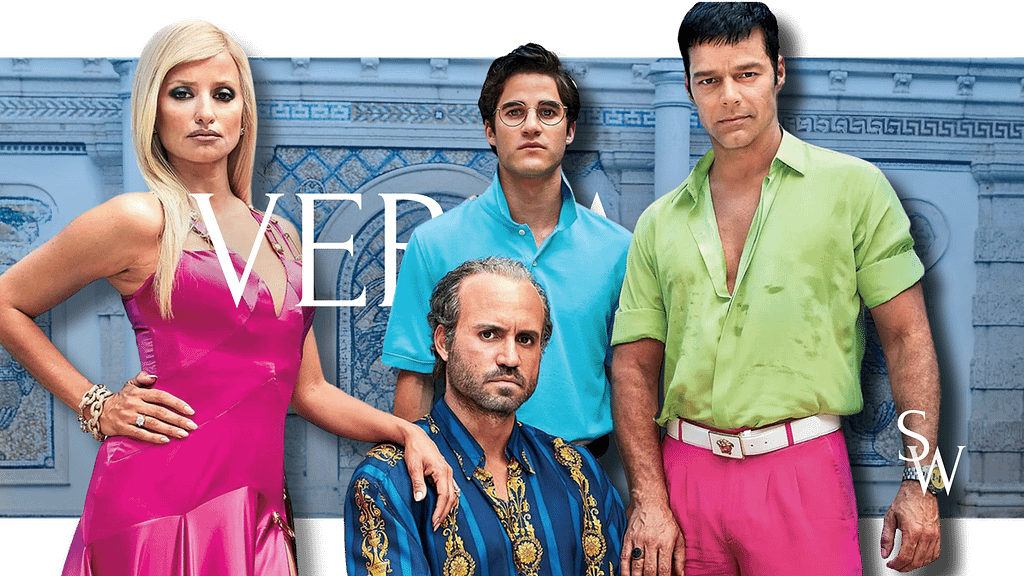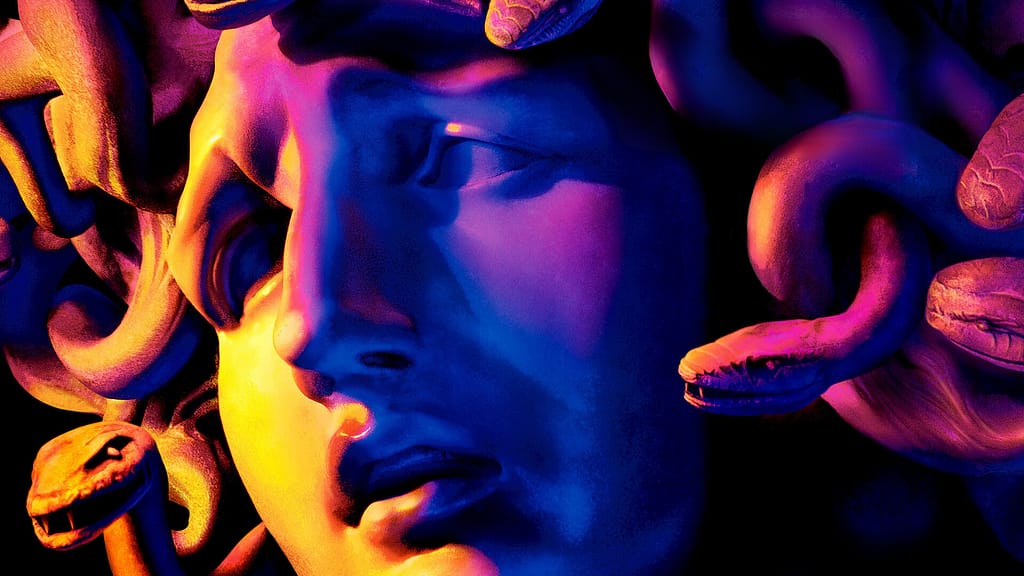The Assessination of Gianni Versace

American Crime Story: The Assessination of Gianni Versace (FX, 2018) is part of the acclaimed anthology series created by Ryan Murphy. It delves into some of the most famous and controversial criminal cases in the history of the United States. Each season focuses on a different case, examining the events surrounding the crime, the characters involved, and the legal and social implications. You can find an analysis of the third installment of the show here.
In its second season, titled The Assessination of Gianni Versace, the series delves into the 1997 murder of renowned Italian fashion designer Gianni Versace. It’s based on the book ‘Vulgar Favors: Andrew Cunanan, Gianni Versace, and the Largest Failed Manhunt in U.S. History‘ by Maureen Orth, published in 1999. This season not only explores the life and work of Versace but also his tragic death at the hands of serial killer Andrew Cunanan.
A True Crime: Unveiling Dark Realities
Firstly, let’s delve into the genre of this anthology series, American Crime Story – true crime.
Defining true crime is a complex task, but various scholars, including B. M. Phillips in “You want it all to happen now!” (2017), R. Tinker in “Guilty Pleasure: A Case Study of True Crime’s Resurgence in a Binge Consumption Era” (2018), and K.S. Boling in “True Crime Podcasting: Journalism, Justice, or Entertainment?” (2019), have laid out certain defining features. E.g., narratives typically revolve around traumatic and violent events, providing viewers with glimpses into real criminal cases. They are, in essence, fictionalized accounts of actual events.
The true crime genre encompasses two main variations: fictional and non-fictional (documentaries). It’s a genre that emerges from the larger framework of crime cinema, as defined by Sánchez Noriega. That’s the reason why it deals with criminal events of lethal consequences or those that threaten the physical and psychological well-being of individuals.
In the 21st century, true crime has taken a unique turn, making the anti-hero the central character, often focusing on the perpetrators themselves. This shift in perspective, as noted by McKee in Character (2021), has redefined the genre, bringing the minds and motives of criminals into sharp focus.
A Gripping Story in Nine Episodes
The season comprises nine episodes, each lasting over forty minutes. It originally aired on FX and later was added to Netflix’s catalog before making its way to Disney+ in 2022.
A Non-Linear Narrative – Versace as his first victim
One striking feature of the series is its non-linear narrative structure. It begins with Versace’s murder in 1997 and then retraces events in reverse chronological order, including flashbacks to Cunanan’s childhood.
This unique storytelling approach was a deliberate choice by the creator of the series, Ryan Murphy.
We just started talking about the “onion peel” of shame — because really it’s all about shame — and we just started talking narratively about that. The more we talked about it in the room, the more we liked it. When you go backward in someone’s trajectory it’s more surprising for the audience and I think the experience is deeper. We tried to make it so that if you watched the show backwards it would be an interesting and oddly symbiotic thing. It’s a narrative device that takes a lot of extra planning, but when it works it’s great.
Ryan Murphy, creator/director (VARIETY, 2018)
Certainly it peels back the layers of shame, a key theme in the season. This backward narrative isn’t just about surprising the audience; it’s a constant exploration of the intricacies behind the event – the ‘hows’ and ‘whys.’ It delves into a chain of causes and effects, inviting viewers to dissect them deeply as the show progresses. This approach also provides a more compelling insight into the characters’ desires and motivations, as has been noted – precisely what the true crime genre aims to capture.
In this visual, you can explore the chronological structure of the series:
| Episode | 1 | 2 | 3 | 4 | 5 | 6 | 7 | 8 | 9 | |
| Teaser | Date | 15 July, 1997 | March 1994 / 16 July, 1997 | May 1997 | 27 April, 1997 | June, 1995 | 1996 | 1992 | 1957 | 15 July, 1997 |
| Place | Miami Beach, Florida | Miami, Florida | Toronto, Canada | Minneapolis, Minnesota | Milan, Italy | La Jolla, California | Milan, Italy | Calabria, Italy | Miami Beach, Florida | |
| Post-Initial Credits | Date | October 1990 | May 1997 | A week before | 23 April, 1997 | 1980 | ||||
| Place | San Francisco, California | Florence, South Caroline | – | San Diego, California | San Diego, California | Tampa, Florida | ||||
Blending Three Worlds of Fiction in Versace
American Crime Story: The Assessination of Gianni Versace masterfully combines three fictional worlds.
- The world of actual reality, evident in the initial montage of archival news footage and magazines from the day of Versace’s murder
- The world of fictional reality, where notable recreations like Marilyn Miglin’s television program are given special treatment to appear realistic.
- The world of fictional improbability, exemplified in episodes like “Alone” (2×09), directed by Daniel Minahan, which delves into Cunanan’s imagination during an fictional encounter with designer Gianni Versace.
A Fictional Disclaimer
At the end of each episode, the series includes a fictional disclaimer. It states, “THIS SERIES IS INSPIRED BY TRUE EVENTS AND INVESTIGATIVE REPORTS. SOME EVENTS ARE COMBINED OR IMAGINED FOR DRAMATIC AND INTERPRETIVE PURPOSES. DIALOGUE IS IMAGINED TO BE CONSISTENT WITH THESE EVENTS.”
The impact of true crimes on reality is profound, this series is no exception. We encounter numerous clashes between fictional representations and the realities they seek to reflect. Prior to its premiere, the Versace family issued a statement asserting that the series is solely a work of fiction.
Fact and Fiction in Versace’s Assassination
The series offers a captivating and thought-provoking viewing experience. It skillfully blends fact and fiction explores the depths of human behavior and the consequences of crime. With its unique storytelling, above all, it stands as a testament to the power of true crime dramas in modern television.



